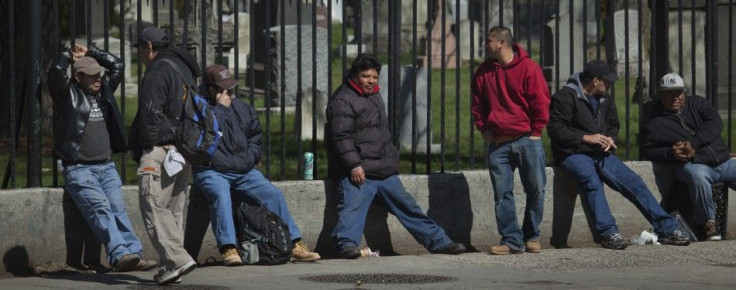The March Employment Data Thud
OPINION

Tom Sowanick is Co-President and Chief Investment Officer at Omnivest Group in Princeton, N.J.
March’s unexpectedly weak employment data has rekindled fears that the equity market is nearing a cyclical peak reminiscent of the past two springs. Last year, the S&P 500 Index fell nearly 19 percent from the 3rd of April to early October and in 2010, the S&P fell 14 percent from early April until early July.
In April of last year, employment peaked at 251,000 and in May, employment only grew by 54,000. However, in 2010 employment peaked at 516,000 in May and fell by 167,000 in June.
Investors are obviously concerned that the pattern of spring peaks for both employment gains and stock prices are potentially unfolding for a third year in a row. This time may be different, only because the Federal Reserve is keenly sensitive to the fact that “Operation Twist” ends at the end of June 2012.
The Fed is also well aware that employment had peaked in each of the past two springs before resuming growth late in the year. Furthermore, the Fed may be concerned about changes in monetary policy late in the year which would be the same time as when the U.S. will experience its Presidential election.
Given all of these factors, the upcoming April 25th Federal Open Market Committee meeting will likely have a lively debate about whether the third round of quantitative easing is now appropriate given the weaker than expected employment data.
The Fed will also be challenged because it will not meet again until mid-June.
The Fed can prevent a repeat of the 2010-2011 spring market sell-off by carefully wording the FOMC statement to be released on April 25. Language that acknowledges the unexpected weak employment data and the willingness to invoke QE3, should the May employment report also prove to be weaker than expected, would give investors confidence that another spring equity sell-off may be avoided.
In the meantime, investors should be focused on the next two initial unemployment claim releases for guidance as to whether the April employment report was a pause or the potential beginning of a trend.
We find that it is easy to be skeptical and negative in today’s environment.
However, our view remains constructive towards both the market and the economy.
Investors remain underweight equities and are therefore quick to point to weak data to justify their positions.
Interest rates remain far too low to attract investors who have a need for positive rates of return. Equities do provide the potential for excess returns if the Fed remains sensitive to investor concerns.
© Copyright IBTimes 2024. All rights reserved.











